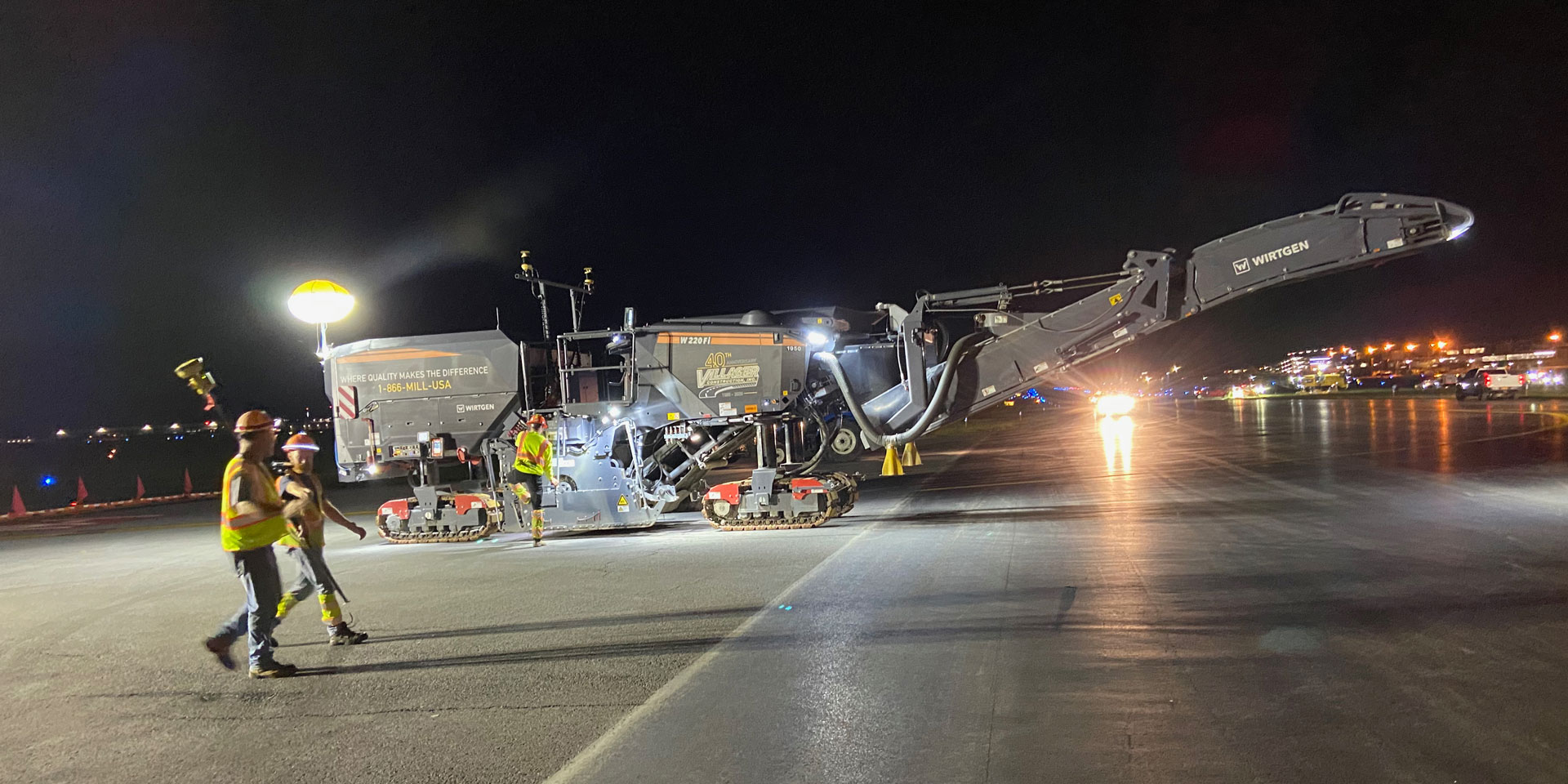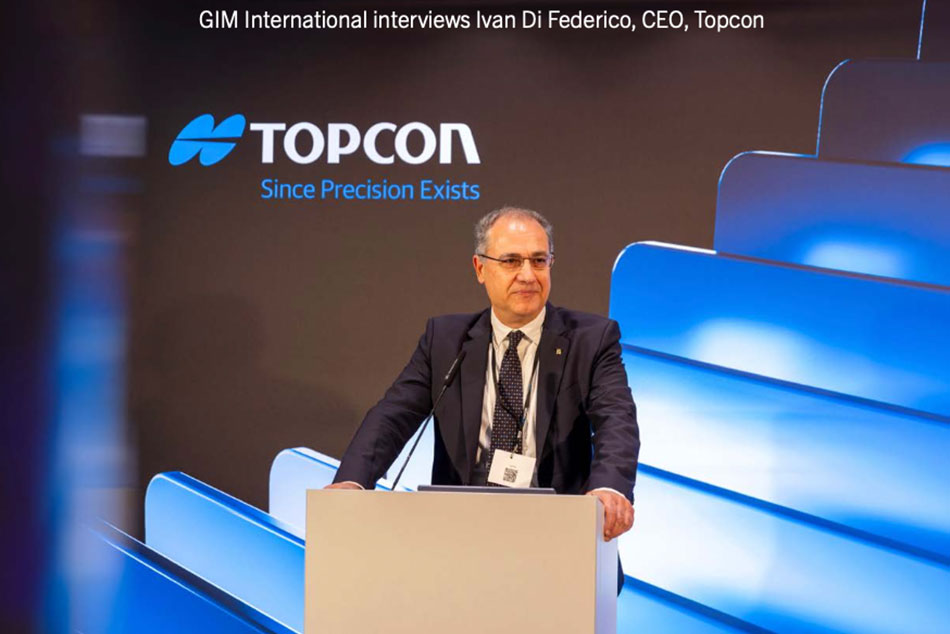GPS Milling solution proves that speed and accuracy are not mutually exclusive concepts.
There is a sense of urgency that drives most any airport resurfacing effort. Airport operations, generally time-sensitive, rely on contractors to respect that fact. Even in cases when the facility has the luxury to totally shut down for the duration of the resurfacing, the pressure is on to reopen and restore flight traffic. For times when that luxury is not afforded, however, and work is done in a segmented fashion between temporary closings, steady production is key; any delay can be costly. On a recent taxiway resurfacing project at Albany (N.Y.) International Airport, general contractor Rifenburg Construction faced some of those daunting logistical challenges as it worked to mill and pave one of the facility’s main taxiways. Aided by the use of a 3D machine control system controlling both milling machines on the project — including the first Wirtgen 210 Fi in North America to be so outfitted — the company and its subcontractor easily handled the profile milling effort and completed the project on time with excellent results. When production takes flight, everyone benefits.
Capital Gains
Located just north of downtown, Albany International Airport (ALB) serves as the major air center for New York State’s Capital Region, as well as the northeastern part of the state, and Western New England. Handling roughly 1.5 million passengers annually, ALB was built in 1908, the first (and still the oldest) municipal airport in the U.S. While much has changed since then, the very numbers that confirm its success, also dictate the difficulty of scheduling regular maintenance on its runways and taxiway surfaces.
“One of the real challenges after winning the bid for the “Taxiway ‘A’ Rehab Project,” as the job is known, was getting the necessary work done in a severely constricted time frame,” said Darin Cooper, Rifenburg’s superintendent. “We were limited to performing between 10:00 p.m. and 5:00 a.m. In that time, we had to get out to the area being resurfaced, set up, do all the required milling, clean out the area after milling, tack it, pave it, get it striped, and move off. That’s a whole lot of activity to complete in such a short period.”
Considering it took 20 to 30 minutes each for setup and breakdown, he added, the crew was actually only left with about six hours to do everything mentioned above. “It was an exercise in efficiency, for sure,” said Cooper.

















